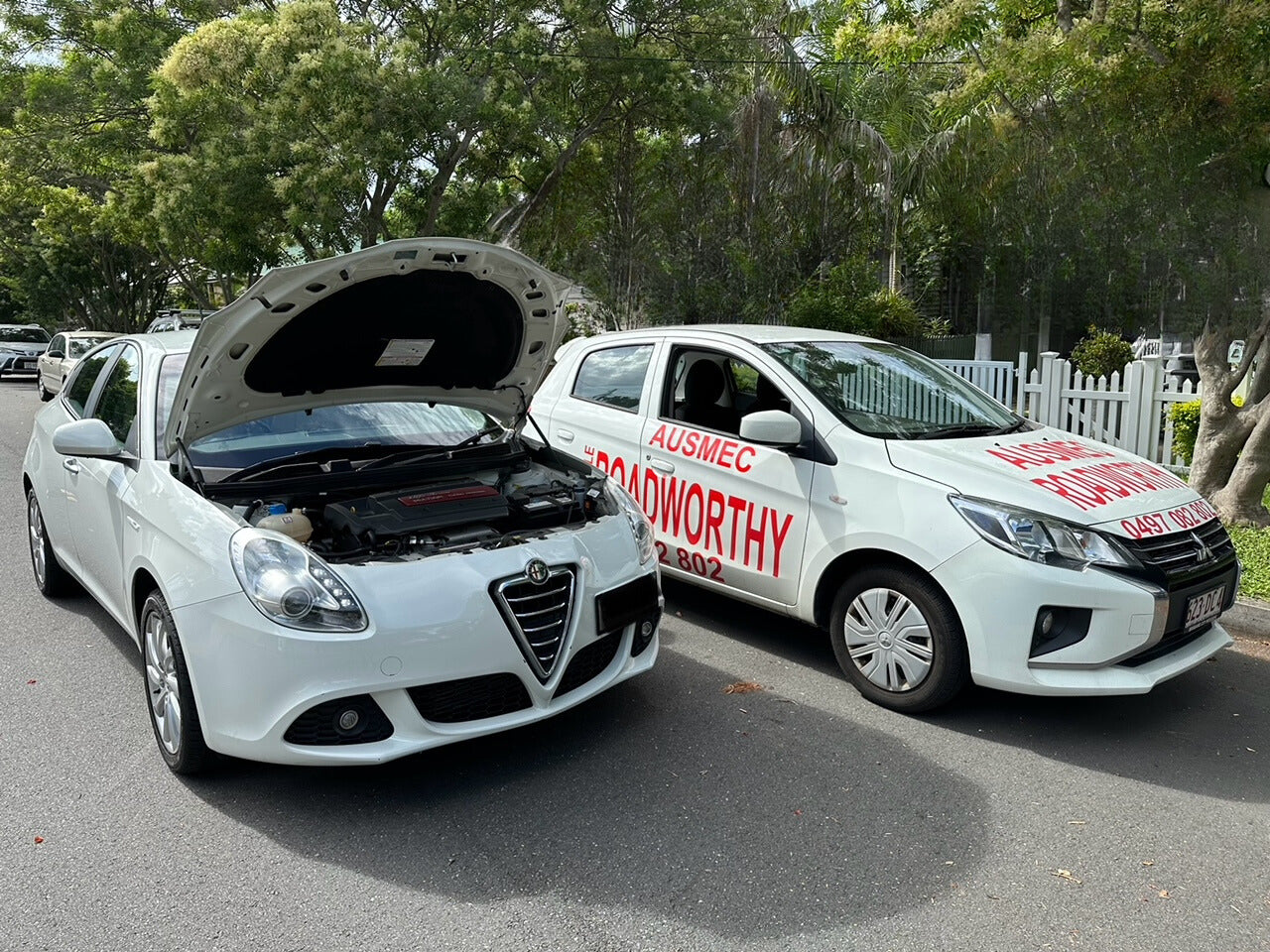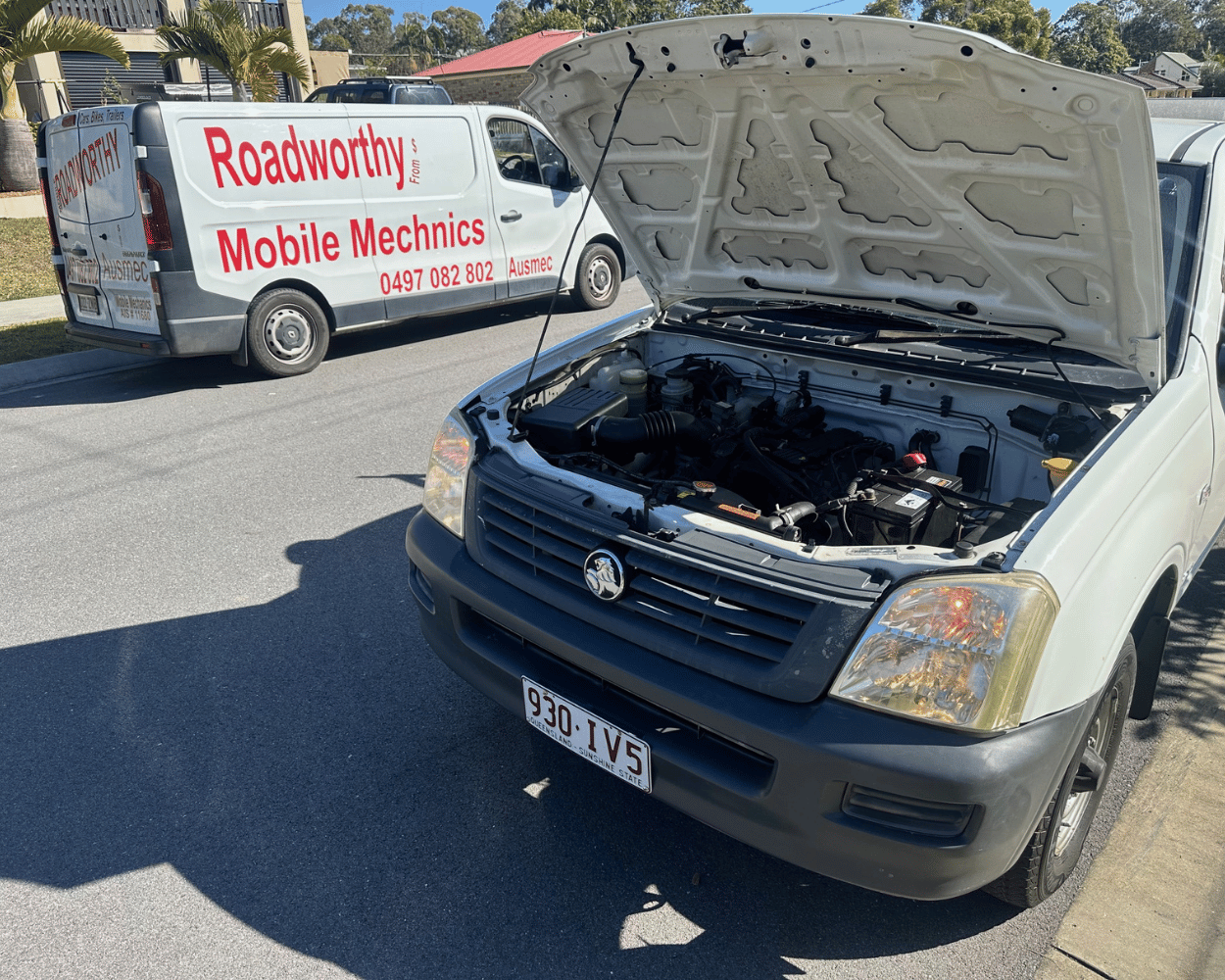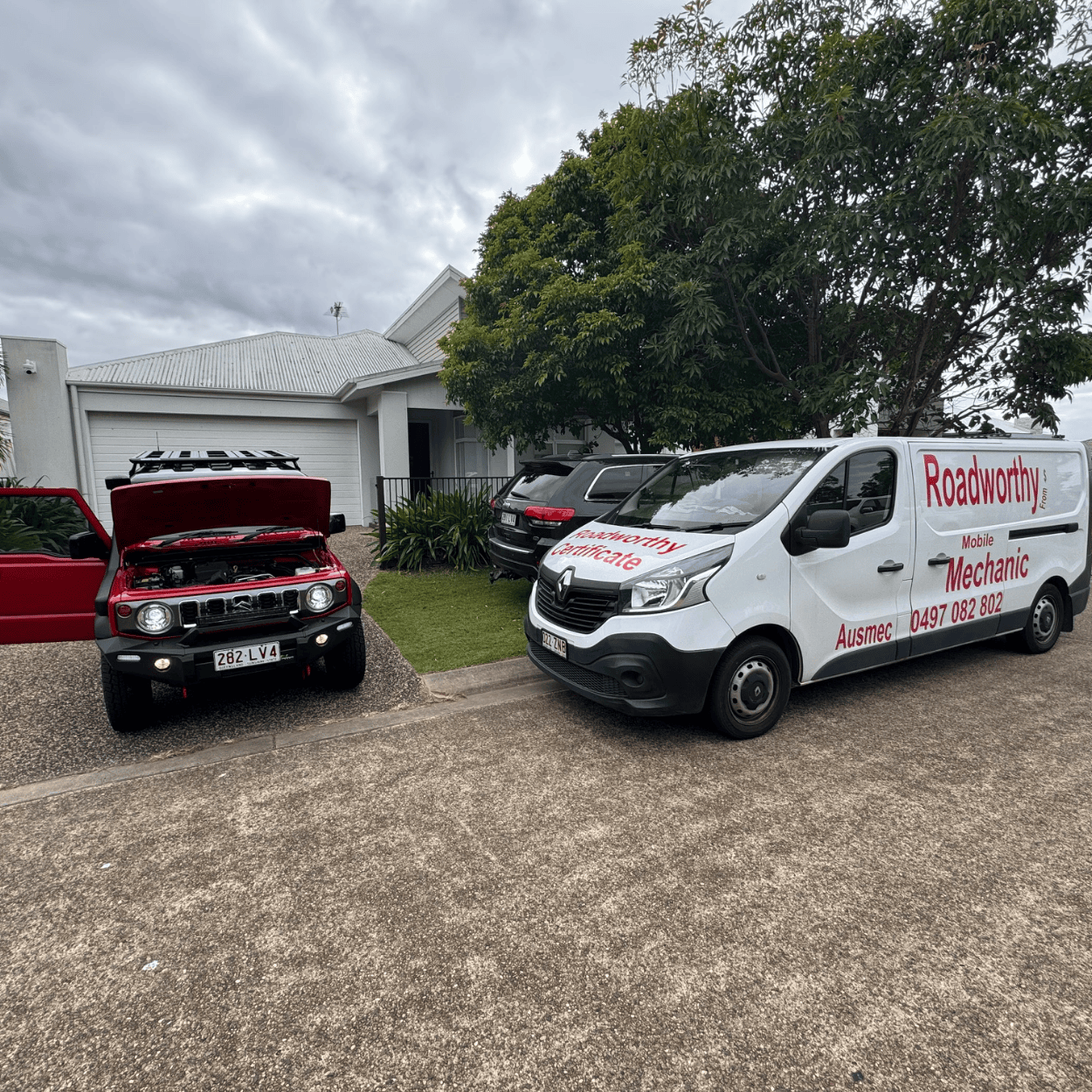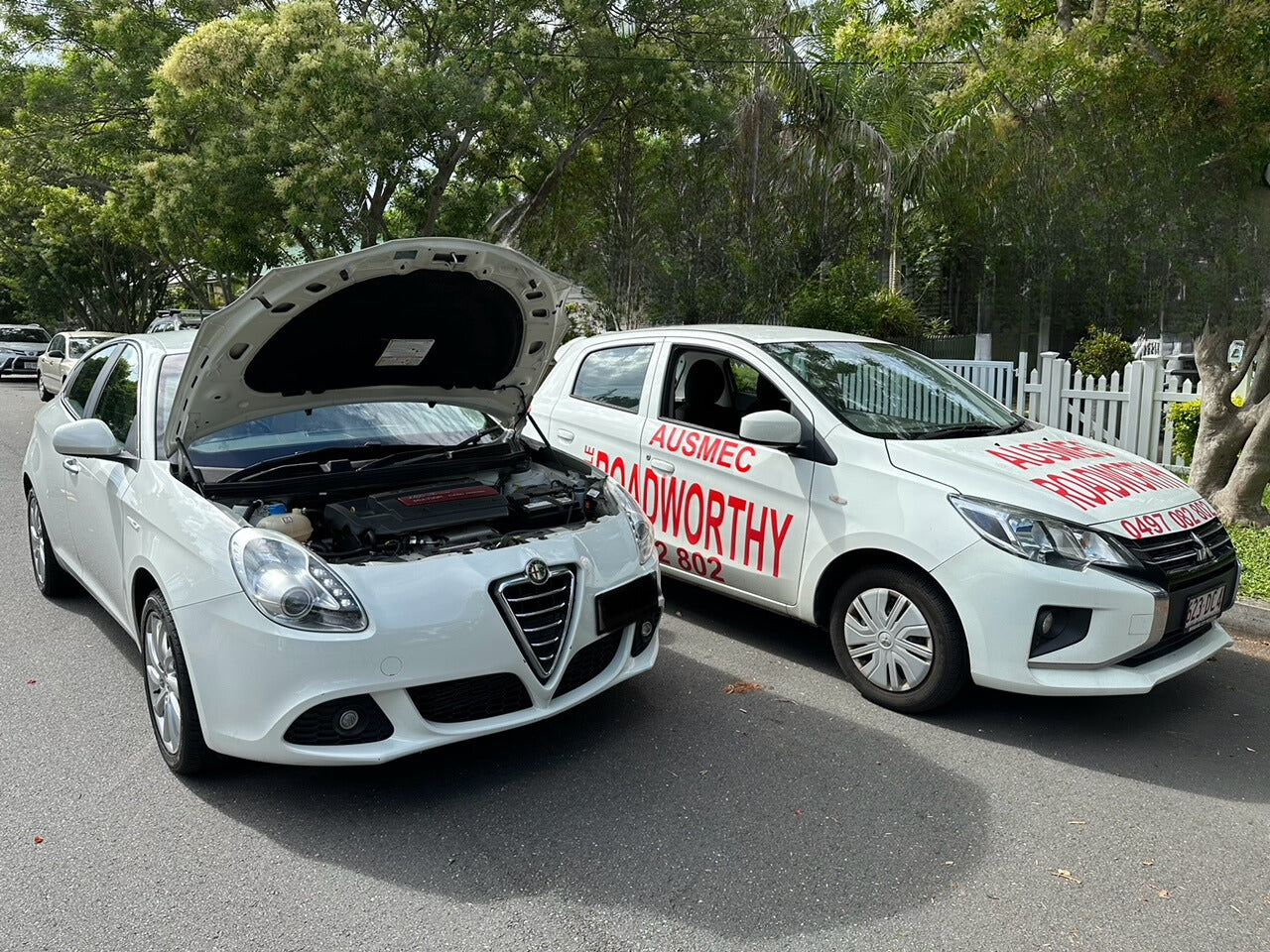AIS Inspections in Exempt Areas
AIS Inspections in Exempt Areas: Understanding the Rules ( QLD)
The Department of Transport and Main Roads (TMR) in Queensland outlines specific business rules for Approved Inspection Stations (AIS) operations. While these rules generally govern inspections conducted at the AIS facility, there are provisions for inspections in "exempt areas." This section dives into the details of AIS inspections in exempt areas, referencing relevant legislation:
Understanding AIS Inspections in Exempt Areas:
The definition of "exempt area" is crucial for understanding where these rules apply. Unfortunately, the Transport Operations (Road Use Management) Act 1995 doesn't explicitly define "exempt area." However, Business Rules for Approved Inspection Stations (https://www.tmr.qld.gov.au/_/media/busind/accreditations/approvedinspectionstation/ais_business_rules.pdf?sc_lang=en&hash=05A5E93753C29808C0A97B8F3C69DB7C) (Section 2) clarifies that it refers to:
"an area mentioned in Schedule 2, Item 1 of the Vehicle Standards and Safety Regulation"
Schedule 2 of the Vehicle Standards and Safety Regulation 2013 is not publicly available. However, we can infer some potential scenarios where exempt areas might be relevant:
- Private Property: An inspection conducted on private property with the owner's consent could be considered an exempt area.
- Breakdown Locations: If a vehicle breaks down on the roadside and requires an inspection for towing or repairs. The breakdown location might be considered an exempt area.
Restrictions and Considerations:
While AIS can conduct inspections in exempt areas under certain circumstances, there are limitations and considerations outlined in the business rules:
- Mobile Approved Inspection Station Requirement: Rule 11 of the Business Rules for Approved Inspection Stations states. The inspection cannot be conducted from a traditional AIS facility. This implies a mobile AIS unit must be utilized for inspections in exempt areas.
- ICO (Integrated Checking Online) Restriction: Rule 3. Clarifies that the Integrated Checking Online (ICO) system cannot be used to issue Certificates of Inspection (COI) for specific vehicle categories in exempt areas. This might limit the types of vehicles that can be inspected on-site. (Refer to the business rule for details on vehicle categories).
Additional Considerations:
- Safety Measures: Even though the inspection occurs outside the AIS facility, the Transport Operations (Road Use Management) Regulation 2009 still applies. The inspector must ensure a safe environment for the inspection, considering traffic flow and potential hazards at the exempt area.
- Record Keeping: Rule 4 of the Business Rules for Approved Inspection Stations mandates that AIS maintain detailed records of all inspections. Including those conducted in exempt areas. This ensures proper documentation and traceability.
It's important to note: Due to the limited public access to Schedule 2 of the Vehicle Standards and Safety Regulation 2013. It's highly recommended to contact the Department of Transport and Main Roads (TMR) for clarification on specific situations regarding AIS inspections in exempt areas. They can provide the most up-to-date information and guidance based on the latest regulations and interpretations.
In Conclusion:
Exempt areas offer flexibility but come with specific limitations. Understanding the relevant legislation and business rules helps AIS operators determine the appropriateness of conducting inspections on-site and ensures they comply with all necessary requirements. Always prioritize safety and maintain proper record-keeping practices for all inspections, regardless of location.
Contact form
Ausmec Mobile RWC & Mechanics
Mobile Roadworthy (Safety certificate)
Share




